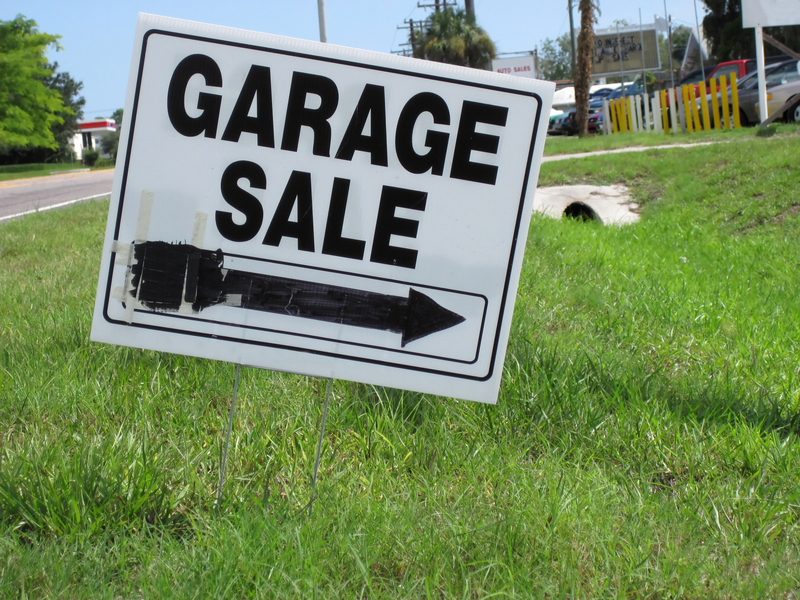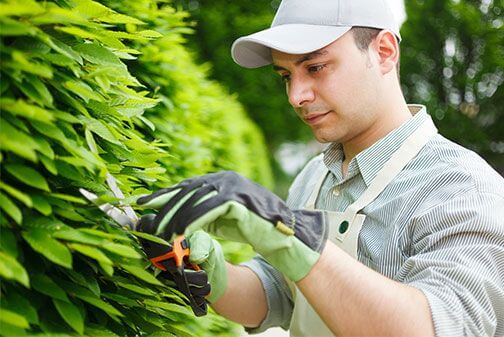Organic Packaging Ideas
Posted on 14/10/2025
Organic Packaging Ideas: A Sustainable Future
As the world faces the pressing challenges of climate change and environmental degradation, the focus on sustainable living is greater than ever. One area under intense scrutiny is packaging. Traditional packaging, mainly composed of plastics and non-biodegradable materials, contributes significantly to pollution and waste. Organic packaging, on the other hand, offers environmentally friendly alternatives that reduce harmful impacts on the planet. This article explores innovative organic packaging ideas, their benefits, and the future of sustainable packaging solutions.
Why Organic Packaging?
Organic packaging refers to packaging materials derived from natural, renewable resources that are biodegradable or compostable. These materials break down naturally, reducing waste and the strain on landfills. Some of the key benefits of organic packaging include:
- Environmental Impact: Organic packaging reduces pollution and the reliance on fossil fuels.
- Resource Efficiency: It utilizes renewable resources, ensuring sustainability.
- Decomposition: Organic packaging decomposes naturally, minimizing waste and landfill use.
- Health Benefits: Non-toxic and chemical-free, organic packaging is safer for consumers.

Innovative Organic Packaging Ideas
Organic packaging is not limited to brown paper bags. The innovation in this field is vast and exciting. Here are some groundbreaking ideas leading the way:
1. Edible Packaging
Edible packaging is an inventive solution where the packaging itself can be consumed along with the product. Made from natural ingredients such as seaweed, rice, and potato starch, edible packaging eliminates waste entirely. For instance, Skipping Rocks Lab has developed "Ooho," a water bottle made from seaweed that is biodegradable and edible. This approach not only curtails waste but also adds an element of convenience for consumers.
2. Mushroom Packaging
Mushroom packaging is a bio-based solution that leverages the mycelium (the vegetative part of a fungus) of mushrooms. Companies like Ecovative Design use agricultural waste bound together by mycelium to create packaging materials. This process is energy-efficient, and the resulting product is 100% compostable and biodegradable. Mushroom packaging is sturdy enough to replace plastic foams used for protective packaging.
3. Plant-Based Plastics
These are biodegradable plastics made from renewable plant resources such as corn starch, sugarcane, and cassava. Polylactic Acid (PLA) is a popular plant-based plastic used in packaging. Companies like NatureWorks have pioneered the use of PLA in producing sustainable packaging materials for food and beverage products. Plant-based plastics decompose much faster than conventional plastics, significantly reducing their environmental footprint.
4. Recycled Paper and Cardboard
One of the simplest yet very effective forms of organic packaging involves using recycled paper and cardboard. This method not only reuses materials that would otherwise end up as waste but also requires less energy compared to producing new packaging materials. Recycled paper and cardboard are versatile and can be made into boxes, bags, and even cushioning for products.
5. Palm Leaves
Palm leaves packaging is another ingenious solution where fallen palm leaves are collected and molded into various forms of packaging. Companies like ArecaGood use these leaves to create plates, bowls, and food containers. This type of packaging is not only biodegradable but also utilizes waste materials that would otherwise be left to decompose naturally.
The Future of Organic Packaging
The shift towards organic packaging is bolstered by both consumer demand and regulatory pressures. Governments in many countries are implementing stricter regulations on plastic use and promoting sustainable alternatives. Companies are responding by investing in research and development of novel organic packaging solutions.
Consumer Influence
Consumers today are more environmentally conscious than ever before. Brands that adopt sustainable packaging practices often gain a competitive edge, attracting eco-conscious customers and enhancing their reputation. This consumer-driven shift is pushing companies to innovate and adopt organic packaging solutions.
Technological Advancements
Advancements in technology are making organic packaging solutions more viable and cost-effective. Innovations in biodegradable materials, bio-based polymers, and processes such as 3D printing are opening new possibilities in sustainable packaging. Technology is crucial in overcoming the challenges associated with the widespread adoption of organic packaging, such as cost and scalability.
Regulatory Support
Governments worldwide are implementing policies and regulations to reduce plastic waste and encourage sustainable packaging solutions. Bans on single-use plastics, incentives for using biodegradable materials, and stringent recycling norms are compelling industries to shift towards organic packaging. This regulatory support plays a significant role in fostering a sustainable packaging ecosystem.

Challenges and Opportunities
While the adoption of organic packaging is growing, several challenges need to be addressed:
- Cost: Organic packaging materials often cost more than traditional plastics, posing a challenge for manufacturers
- Scalability: Producing organic packaging on a large scale can be difficult due to limited resources and technological constraints.
- Consumer Behavior: Shifting consumer habits and raising awareness about organic packaging can be challenging.
However, these challenges also present opportunities for growth and innovation:
- Research and Development: Investments in R&D can lead to the discovery of new materials and processes that make organic packaging more affordable and efficient.
- Collaborations: Partnerships between governments, industries, and research institutions can drive the development and adoption of organic packaging solutions.
- Education and Awareness: Educating consumers about the benefits of organic packaging can shift demand towards sustainable products.
Conclusion
Organic packaging represents a significant step towards a more sustainable future. By reducing reliance on harmful plastics, minimizing waste, and utilizing renewable resources, organic packaging offers a solution to one of the pressing environmental challenges of our time. The innovation in this field, driven by consumer demand, regulatory support, and technological advancements, is paving the way for broader adoption of sustainable packaging solutions. While challenges remain, the opportunities for growth and positive environmental impact are immense. The future of packaging lies in embracing and advancing organic solutions, ensuring a healthier planet for generations to come.










